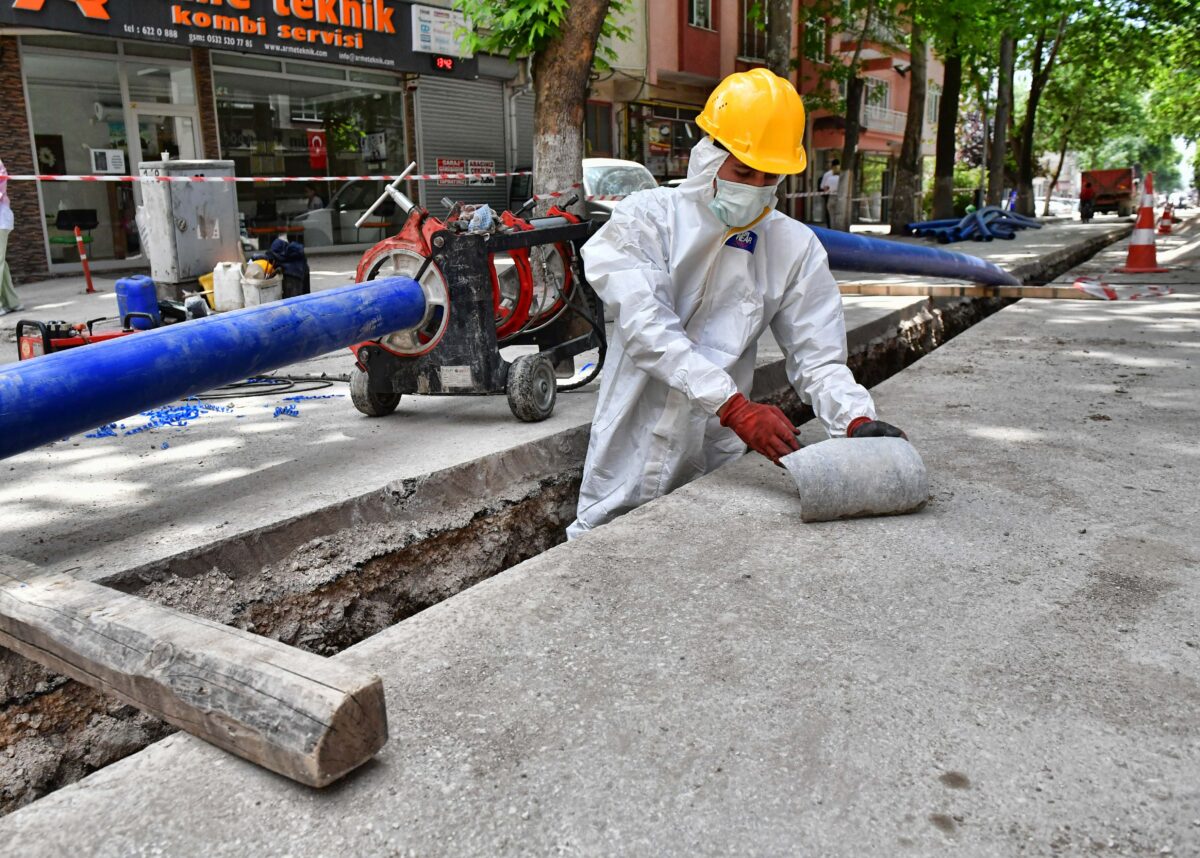BLOG
Mesothelioma statistics issued for Great Britain
- #occupational health
- #UK

The HSE has published the annual figures for Mesothelioma. The figures show that 2,544 people died from the disease in…
The HSE has published the annual figures for Mesothelioma. The figures show that 2,544 people died from the disease in 2020. This is in line with the average of 2,523 deaths over the previous eight years. Current mesothelioma deaths reflect exposure to asbestos that mainly occurred before the 1980s and annual deaths are expected to decline during the next decade.
Mesothelioma is a form of cancer that takes many years to develop following the inhalation of asbestos fibres but is usually rapidly fatal following symptom onset. Annual deaths in Britain increased steeply over the last 50 years, with many deaths attributed to past occupational asbestos exposures because of the widespread industrial use of asbestos during 1950-1980.
The full report from the HSE is available here.
The HSE has guidelines and Approved Code of Practice available on its website on Asbestos health and safety.
As a reminder, under the Control of Asbestos Regulations 2012, the employer/company has the following obligations:
The company must identify where asbestos is present.
The company must ensure that no employee is exposed to an airborne concentration of asbestos in excess of 0.1 fibres per cm3 as a four-hour time weighted average.
The company should assess the risk to employees’ health and safety resulting from exposure to dust arising from either asbestos and/or materials containing asbestos.
Where employees are likely to be exposed to asbestos dust and /or dust from asbestos-containing materials, the company is required to reduce such exposure to a minimum and to at least below the exposure limit value.
The company must limit the number of employees exposed or likely to be exposed to dust arising from either asbestos or materials containing asbestos.
Where exposure limit values are or may be exceeded, the company must ensure that the area is clearly demarcated and employees wear appropriate personal protective equipment.
Where appropriate, measurement of asbestos in the air should be carried out in accordance with the methods specified in the Regulations, which is the 1997 WHO recommended method.
If employees are exposed to asbestos dust in excess of the limit value and this was unforeseen, the company must identify the reasons and implement measures to remedy the situation.
Where it is foreseeable that as a result of certain activities, such as demolition, removal, repairing or maintenance, the concentration of asbestos in the air will exceed the exposure limit value, the company must implement measures to ensure the protection of employees such as the issuing of respiratory protective equipment and the placing of warning signs.
Any work involving the removal of asbestos or products containing asbestos must not commence until a suitable plan of work, which prescribes the measures necessary to ensure employees’ health and safety has been drawn up.
The company must use a contractor who is licensed by the HSE for most types of asbestos removal work.
The company must ensure that all four stages of the re-occupation test following licensed asbestos removal is conducted by an organisation accredited to ISO 17025.
The company is required to provide training, information and instruction for all employees who are, or are likely to be, exposed to asbestos-containing dust.
The company must enable employees to avail of health assessments and medical records must be maintained by an appropriate medical practitioner.
Where the exposure limit value is reached or exceeded, the company must maintain health records for a minimum period of 40 years following the end of the exposure.
Sources:
Mesothelioma statistics for Great Britain, 2022 – HSE published July 2022
Asbestos health and safety HSE
The Control of Asbestos Regulations 2012 (SI 2012 No. 632) – gov.uk